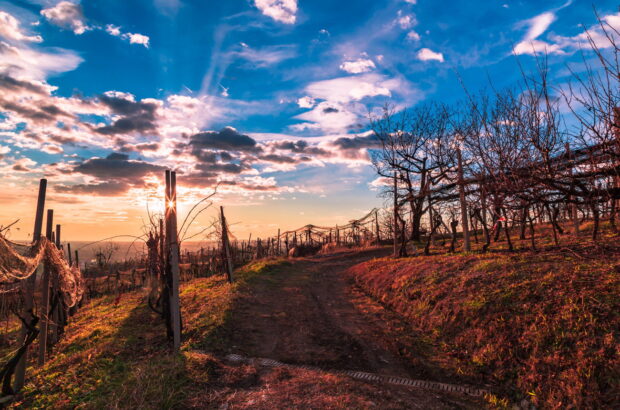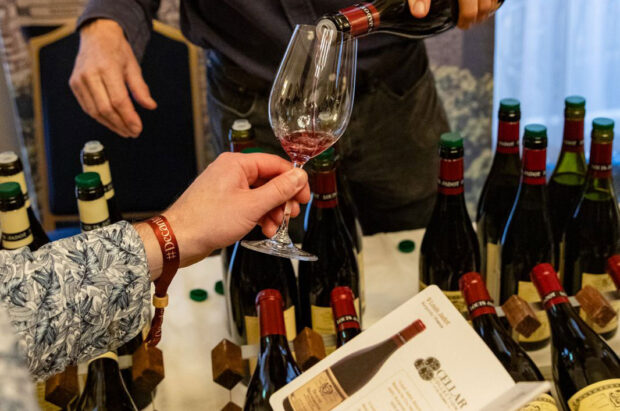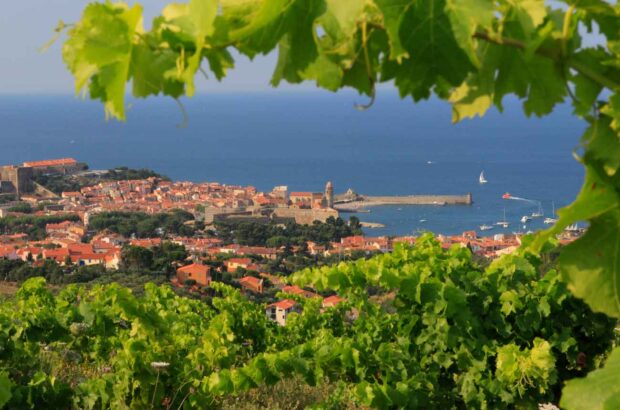You might, in seeking out a special bottle of tequila, gravitate towards those amber-coloured, long-aged luxury expressions – añejos and extra añejos – in their fancy packaging. But a growing number of noteworthy blanco tequilas are doing things differently, without an oak cask in sight. Meanwhile, cristalinos – aged expressions that are filtered to remove their colour – are also on the rise. Together, they’re changing the face of premium crystal-clear tequila.
Blanco tequilas – sometimes called plata or silver – are typically bottled without any time in oak but are sometimes aged for up to two months. They’ve long been the choice of tequila purists, showcasing the flavour of the agave plants from which the spirit is made, without any wood to interfere.
‘Blanco or plata tequilas are agave-forward, bringing out an array of bright citrus flavours that make them easy to enjoy in myriad serving styles,’ says Jaime Salas, head of agave advocacy at Proximo Spirits, the company behind Jose Cuervo and other tequilas. ‘More people are becoming comfortable sipping blancos as they would an aged whiskey or tequila,’ he adds.
Carlos Pechieu, general manager and COO of Volcan de mi Tierra, can see how a drinker of aged tequila might decide to move on to high quality blancos. ‘In Mexico, true tequila drinkers say that they drink blanco because they want something that tastes like tequila without anything else,’ he says.
![]()
Agave champions
Certain blancos reflect this agave character – described as having sweet potato and honey notes – more than others. At the top end, tequileros employ a variety of methods to produce some truly remarkable agave-forward spirits.
One example is the highly limited-production Tequila Ocho Plata Puntas. It’s a bottling of the so-called puntas, the most prized part of the distillation, from the end of the ‘heads’ (the first fraction of the volatile alcohols to be collected during distillation, which is typically discarded or redistilled) and the beginning of the ‘heart’ (the fraction that will later be transformed into tequila), and this is a much narrower selection than would normally be used. ‘This cut carries lots of flavour, which is why it is considered the most coveted part by agave-spirits producers,’ says the brand’s global brand ambassador Jesse Estes.
Notably, Plata Puntas is bottled at a high alcoholic strength – 53% abv for the 2023 release – while most tequilas clock in at 40% or less. Don Fulano’s Fuerte expression, too, shoots higher than most, at 50% abv, resulting in a punchy and characterful spirit.
The latest release from Volcan de mi Tierra, Blanco Tahona, takes inspiration from production methods of old, with agave plants cooked slowly in a clay oven before being milled with a giant volcanic rock known as a tahona. ‘This, for us, is the most pure, most traditional way of making tequila,’ says Pechieu.
Adding in… taking out
When mezcal brand The Lost Explorer set out to produce a tequila, what CCO Sheyan Patel calls an elixir de la tierra, maestro tequilero Enrique De Colsa produced his smallest ever batch of tequila, made with no additives. ‘It allows the true, unadulterated flavours of the agave to shine through,’ he says.
Patel’s mention of additives is an increasingly important and complex consideration, as additive-free is fast becoming a marker of quality for tequila. Relevant to all expressions, it’s something to look out for when choosing a bottle.
For tequila purists, and their preference for blanco, there’s plenty of scepticism when it comes to cristalino, the aged-then-filtered style that’s grown hugely in popularity in recent years. ‘Heavy filtration also removes flavour, which in my opinion defies the essence of tequila,’ says Estes. ‘I like my tequilas full-bodied and full of agave flavour.’
Gabriela Moncada, agave ambassador for Speciality Brands, is of a similar mind. ‘Why grow an agave plant, make it into a spirit, age it, and then strip out so many of its delicious flavours?’ she asks.

Jaime Salas, Proximo Spirits.
The rise of cristalino
But for many, this is an accessible style that’s introducing countless people to tequila, offering the best of all worlds. ‘The final liquid is an aged tequila filtered to remove imperfections and impurities from the oak, resulting in the smooth, rich complexity of an aged tequila with the vibrancy of a blanco – striking a harmony between brighter vegetal, citrus and floral notes to shine in balance with those of rich chocolate, caramel and stone fruit,’ says Salas.
Cristalino isn’t an officially recognised style, allowing for quite a bit of freedom for producers. As a result, there’s a variety of products, from reposados aged between two and 12 months to extra añejos aged three years and beyond. In the former camp is Mijenta Tequila’s Cristalino, which spends about eight months in bespoke oak casks. The aim in filtering it is to retain that character, says CEO and co-founder Mike Dolan Sr, explaining that it ‘removes colour while preserving the depth of flavours and aromas developed in the barrels’.
Like the rest of Komos’ Tequila range, its Añejo Cristalino takes things to a new level, with ageing in old wine barrels and the use of aeration – a winemaking technique. ‘What’s great about cristalinos is that you can have the richness of barrel ageing, but because of the filtration process, it feels like you can enjoy them in what were traditional blanco-drinking occasions – namely daytime, in the sun,’ says Komos founder Richard Betts.
Drinking guide
Which begins to provide an answer to the question of how to drink cristalino tequila. ‘While it may look like a blanco, it’s much more complex, making it great to drink neat, as well as in cocktails,’ says Betts, adding a suggestion to try it with ice and sparkling water.
Dolan, meanwhile, offers an interesting recommendation. ‘You can of course sip our cristalino neat, but its superpower is that it makes the perfect Martini,’ he says.
As for those premium, often rather pricey, blanco tequilas, their inherent characteristics make them as well suited to sipping as they are to being mixed. Speaking of Don Fulano Fuerte, Moncada says: ‘It’s great neat, to fully appreciate its power and aromatic complexity, but works in classic cocktails, too, such as the Paloma.’
Estes has a similar idea. ‘If you are inclined to mix it in a cocktail, Tequila Ocho Puntas makes the best Paloma I’ve ever had,’ he says.
For Volcan’s new Tahona Blanco, Pechieu says that it can be served neat, on the rocks, or in a cocktail. ‘It’s so complex that it really stands out, and brings a lot to a cocktail,’ he says. ‘But I’d suggest that people enjoy tequila any way they want to.’
Five premium blanco & cristalino tequilas to try
1800 Cristalino Añejo
After ageing in new American and French barrels for 16 months, and a further six months in former Port casks, this añejo tequila is filtered, resulting in light coffee aromas paired with fresh citrus and an appealing grassiness, with distinct vanilla notes and a brisk finish. Alcohol 40%
Casa Dragones Joven
Technically neither blanco nor cristalino, this luxury expression combines elements of both, blending unaged tequila with a quantity of extra añejo before being rested in new American oak barrels and then filtered, cristalino-style, to remove colour. This has a gentle nose of white pepper and citrus pith, and a touch of spearmint, with a rounded, creamy palate. Alc 40%
Komos Añejo Cristalino
A remarkable cristalino from luxury-tequila maker Komos that has been aged in French oak white wine barrels. Refined aromas of honey and key lime pie lead to sweet coffee, chantilly cream and warming spice. A lovely texture and lingering vanilla pod on the finish. Alc 40%
Ocho Plata Puntas 2023
A bottling of the coveted ‘distiller’s cut’, this limited release is deep and complex, combining chilli spice, celery salt and lemon cream on the nose, while butterscotch and lime peel are joined by more peppery spice on the warming palate. Alc 53%
Volcan de mi Tierra Blanco Tahona
Brand new from this producer, exclusively made from agave crushed with a tahona – a traditional volcanic stone – with no oak ageing, this opens with caramel, white pepper and menthol, as well as savoury tomato and sourdough, and a sweet herbal palate with salinity and baking spice. Alc 38%







